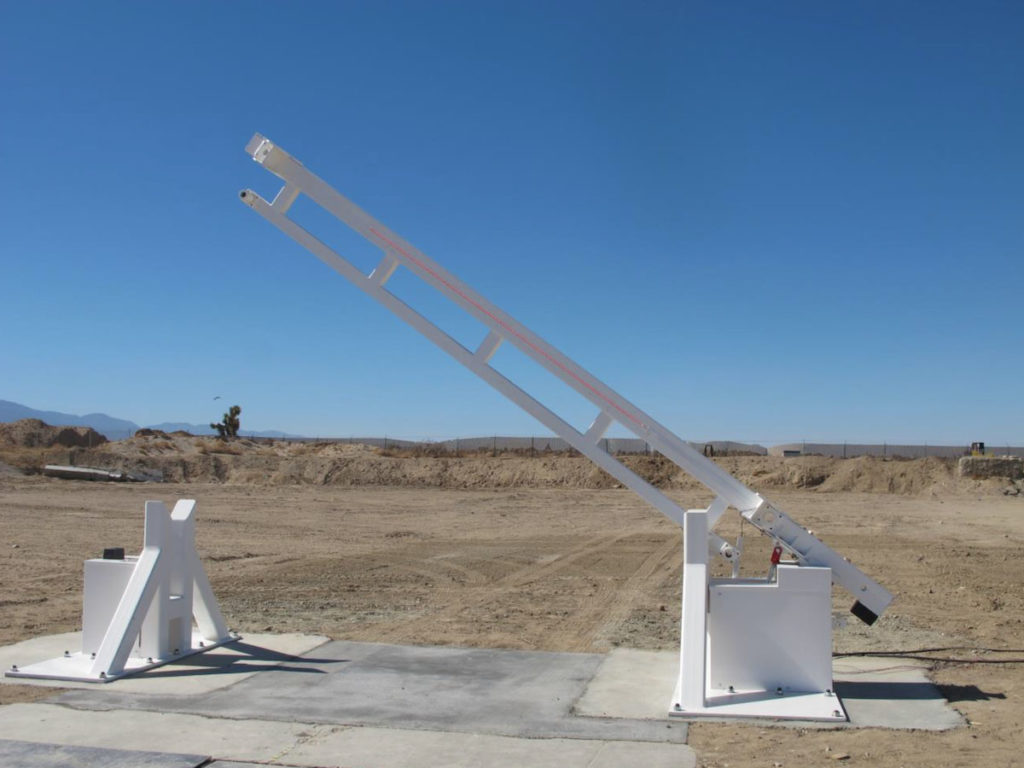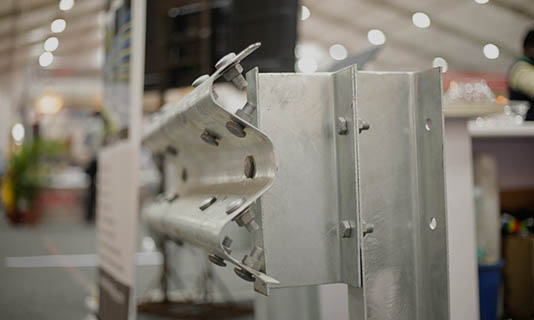More About Crash Beams
Wiki Article
7 Simple Techniques For Crash Beams
Table of ContentsThe Main Principles Of Crash Beams Not known Details About Crash Beams 8 Easy Facts About Crash Beams ExplainedNot known Details About Crash Beams The Basic Principles Of Crash Beams
High beams benefit chauffeurs on dark roads in the evening and at various other times when it is difficult to see (Crash Beams). Incorrect high beam usage can be hazardous. In Ontario, there are regulations to define proper use of high beam of lights to assist avoid hazards that could result in a severe accidentHowever, making use of good sense, you can utilize your high beams securely even if you are uncertain of the distance. : When you comply with another vehicle, turn your high beams off. Dim your high beams when you see the headlights of approaching website traffic, Reduced your high beams when going up a hillside Improper high beam use produces hazards for vehicle drivers in approaching automobiles and the vehicle drivers that incorrectly utilize them.
In this situation, vehicle drivers are most likely to crash right into other lorries. Motorists may also miss out on other items or risks in the roadway. Abuse of high beams may also cause motorists to misjudge: Exactly how much range they need to brake chauffeurs in this scenario may be unable to stop in time to prevent an accident.
Irritation can quickly intensify right into more unsafe behavior. That depends. All drivers owe a task of like prevent injury to others. When driver neglect leads to a collision that straight triggers injury and various other losses, she or he may be liable for the problems. Each case is various.
Little Known Questions About Crash Beams.

, where a looming crane has been brought in, and a big number of team trucks and vehicles are obstructing the road. Some lorries deal far better than others with more serious side collisions , indicating showing there is still room area more even more. Side airbags, which today are conventional on many brand-new guest lorries, are developed to keep people from clashing with the within of the automobile and with objects outside the vehicle in a side crash.

To load this void, we launched our very own examination with a various barrier one with the height and shape of the front end of a typical SUV or pick-up at the time (Crash Beams). NHTSA obstacle, displayed in yellow, superimposed over the taller barrier used in the initial IIHS examination In 2021, IIHS revamped its test with an extra serious accident and a much more practical striking obstacle
Crash Beams for Dummies
It is more detailed to the ground and shorter than the initial IIHS barrier yet still more than the NHTSA obstacle. Updated (left) and initial IIHS side examination obstacles In our original examination, a 3,300-pound obstacle with the approximate height of an SUV struck the motorist side of the car at 31 miles per hour.As a result of these modifications, the new test involves 82 percent a lot more power than the original examination. The honeycomb surface of the obstacle in the second examination is also various. Like actual SUVs and pickups, the brand-new barrier often tends to flex around the B-pillar in between the vehicle driver and rear guest doors.
The resident area can be compromised by doing this also if the car has a solid B-pillar. In both examinations, 2 SID-IIs dummies standing for small (fifth percentile) females or 12-year-old children are positioned in the motorist seat and the back seat behind the driver. IIHS was the very first in the USA to use this smaller dummy in a why not try these out test for customer details.
Shorter chauffeurs have a better chance of having their heads enter call with the front end of the striking lorry in a left-side crash. Engineers take a look at three variables to determine side scores: motorist and guest injury steps, head security and architectural performance. Injury steps from the 2 dummies are used to determine the likelihood that residents would endure considerable injuries in a real-world collision.
The Definitive Guide to Crash Beams

To load this space, we launched our very own test with a different obstacle one with the height and form of the front end of a regular SUV or pick-up at the time. NHTSA barrier, received yellow, superimposed over the taller barrier used in the initial IIHS test In 2021, IIHS revamped its examination with a more severe crash and an extra sensible striking barrier.
It is more detailed to the ground and shorter than the initial IIHS obstacle however still more than the NHTSA obstacle. Updated (left) and original IIHS side examination barriers In our initial test, a 3,300-pound obstacle with the approximate height of an SUV struck the chauffeur side of the vehicle at 31 mph.
As an outcome of these modifications, the brand-new test entails 82 percent a lot more energy than the initial test. The honeycomb surface area of the obstacle in the second examination is also different. Like actual SUVs and pickups, the brand-new obstacle has a tendency to flex around the B-pillar between the motorist and rear traveler doors.
Not known Factual Statements About Crash Beams
The occupant space can be jeopardized this means even if the car has a strong B-pillar. In both tests, two SID-IIs dummies representing little (fifth percentile) ladies or 12-year-old youngsters are placed in the chauffeur seat and the back seat behind the chauffeur. IIHS was the initial in the United States to use this smaller dummy in a test for consumer information.Shorter chauffeurs have a higher opportunity of having their heads come into call with the front end of the striking vehicle in a left-side next page collision. Engineers consider 3 factors to figure out side ratings: driver and passenger injury measures, head protection and architectural efficiency. Injury actions from the two dummies are utilized to determine the likelihood that owners would endure considerable injuries in a real-world collision.
If the lorry has air visit homepage bags and they do appropriately, the paint must end up on them. In cases in which the barrier strikes a dummy's head throughout effect, the dummy typically tape-records very high injury actions. That could not be true, however, with a "close to miss out on" or a grazing call.
Report this wiki page